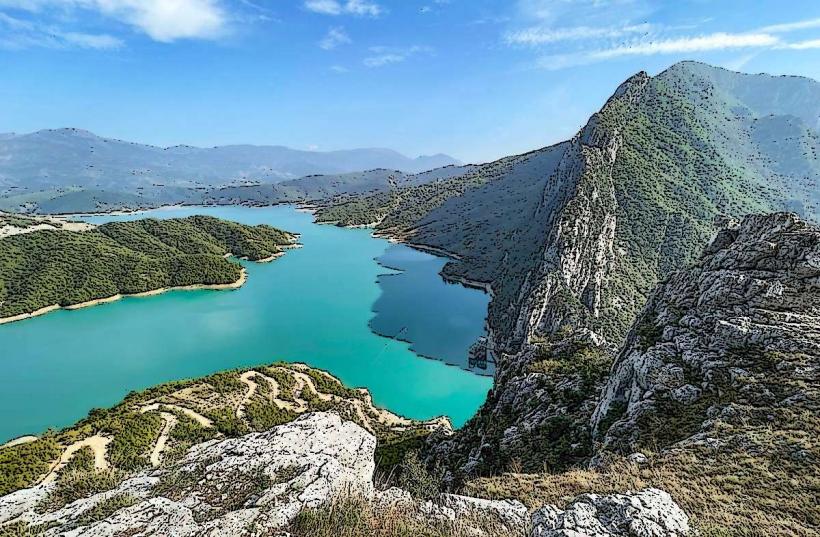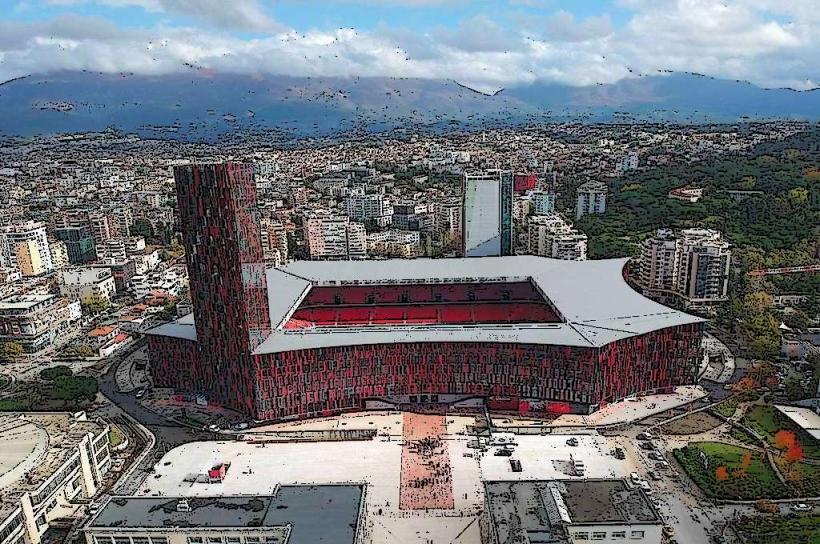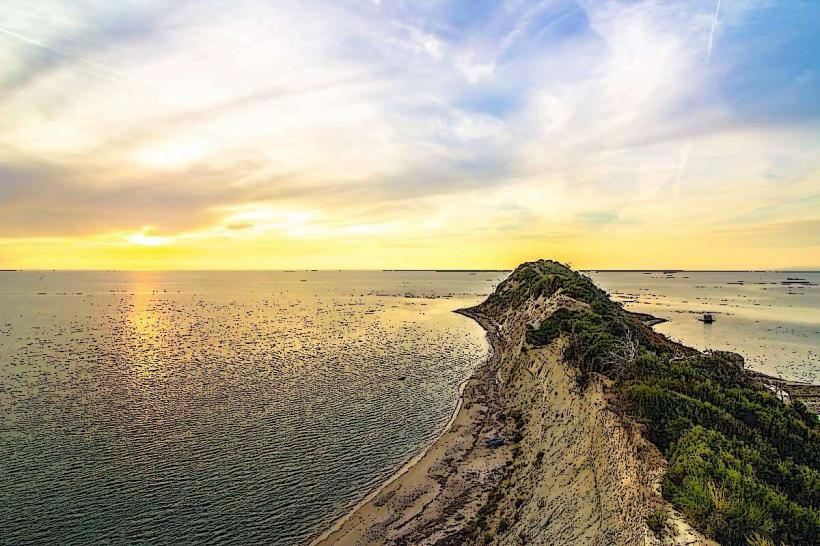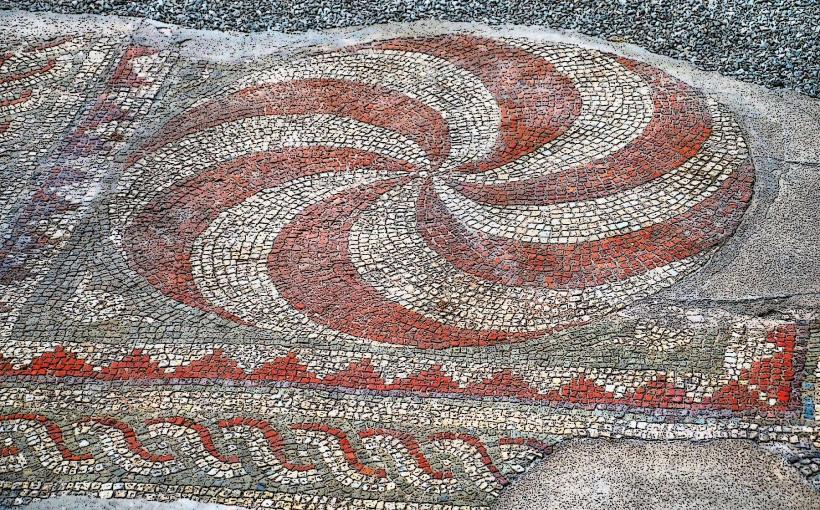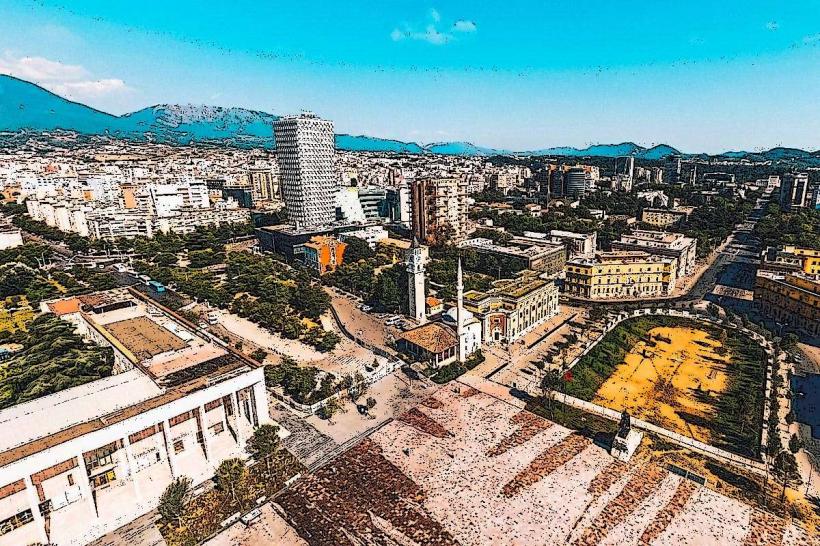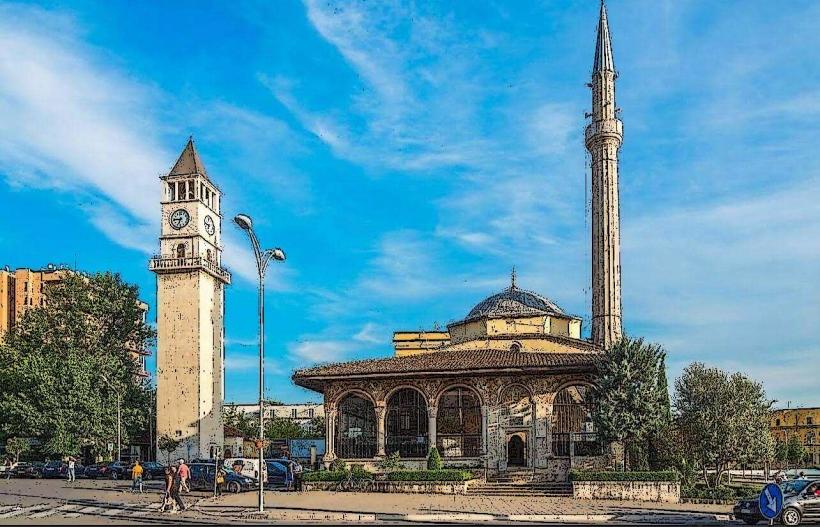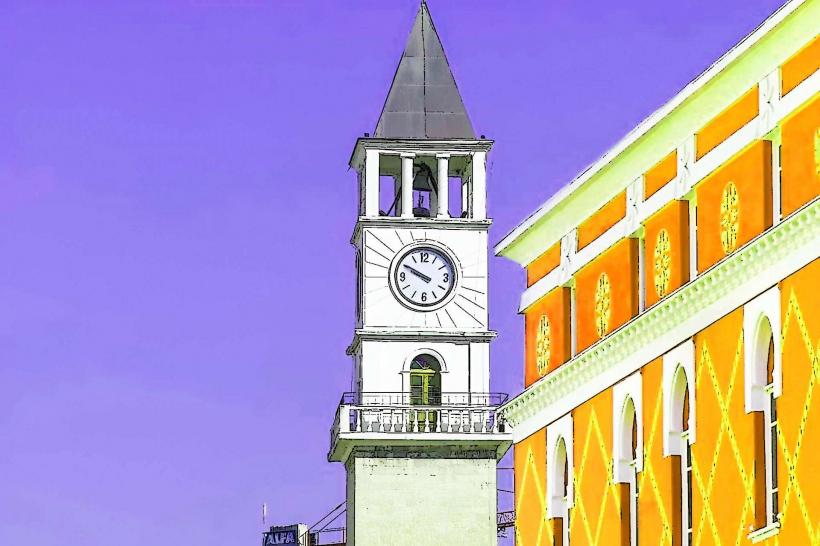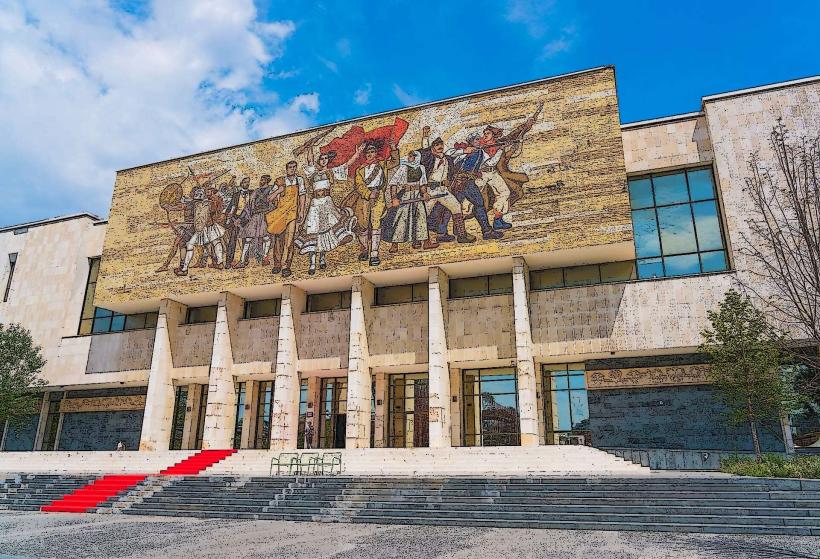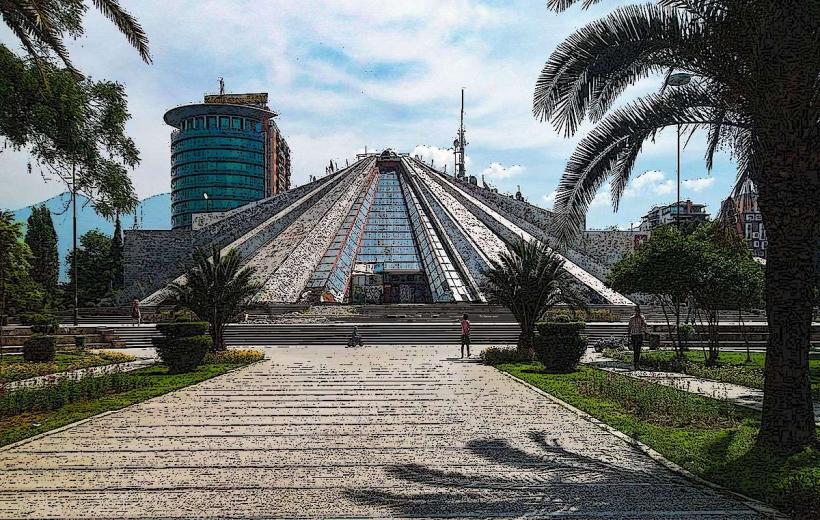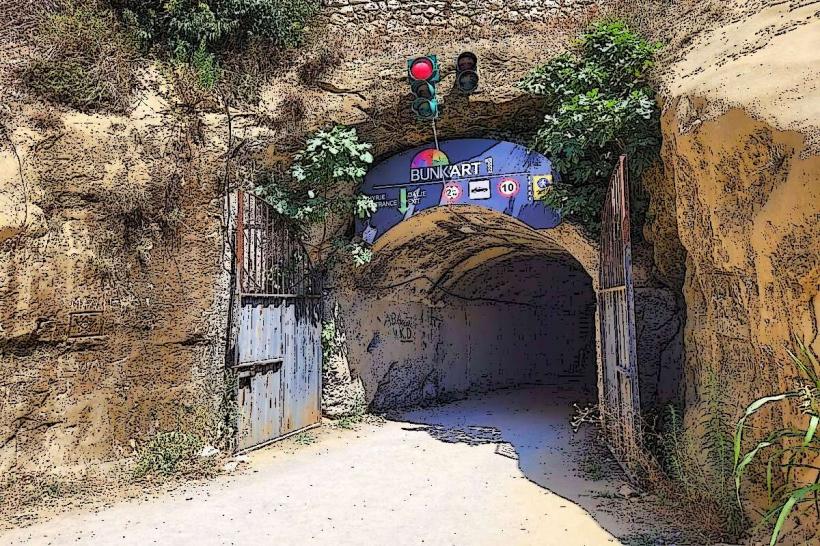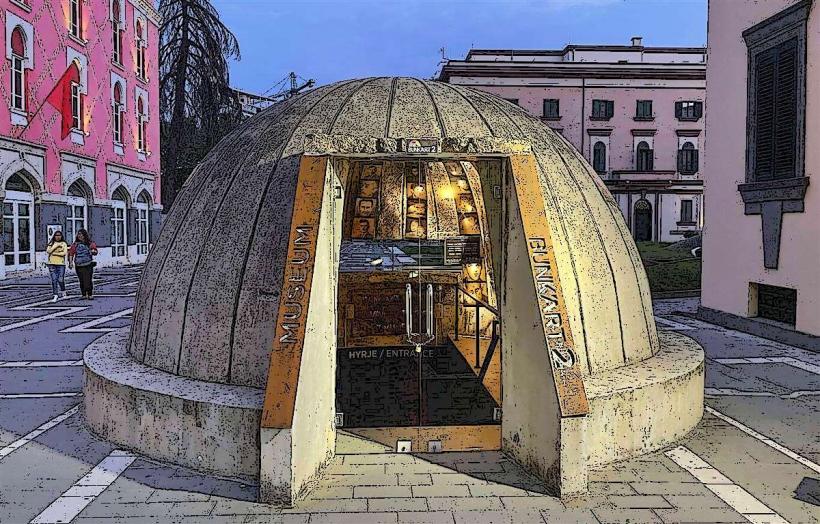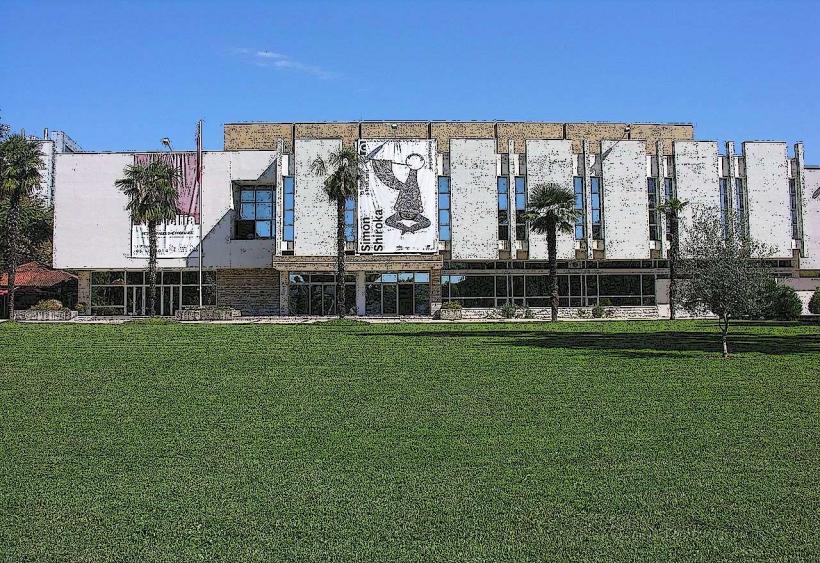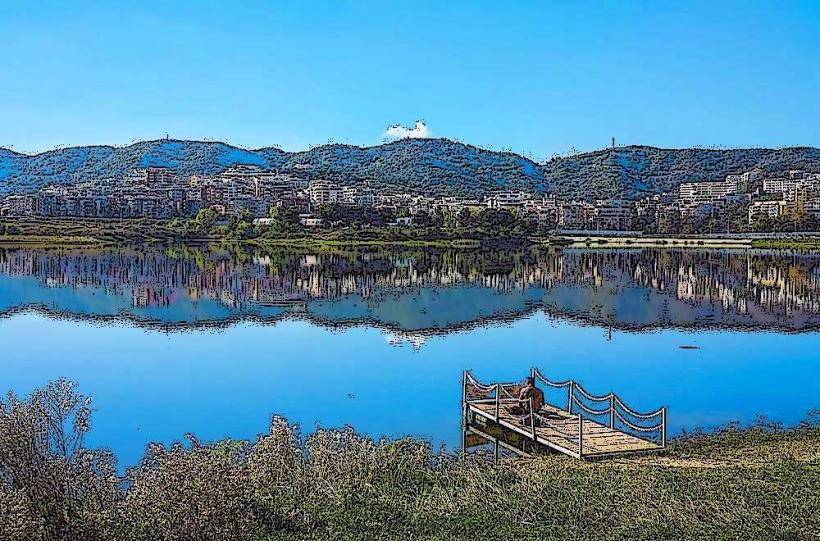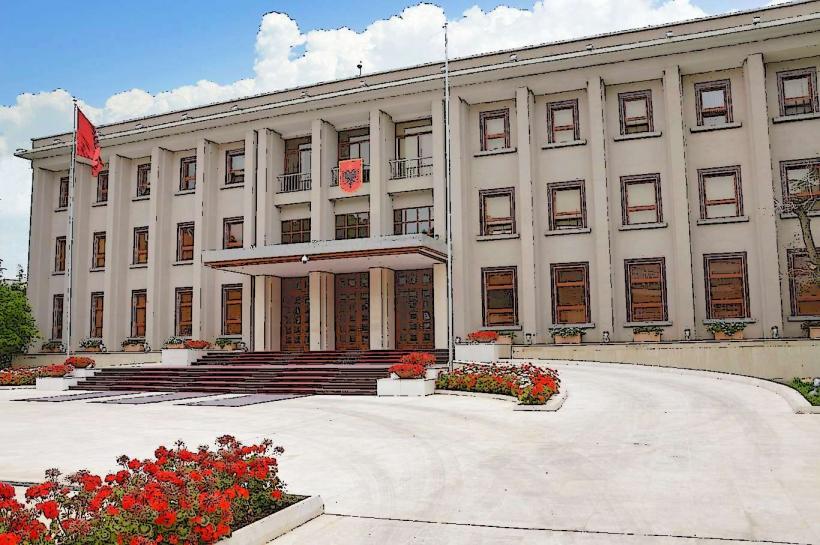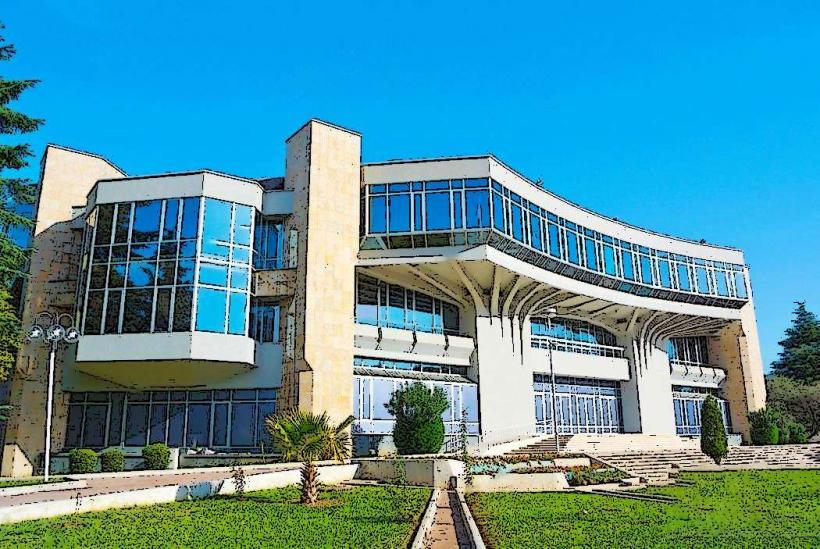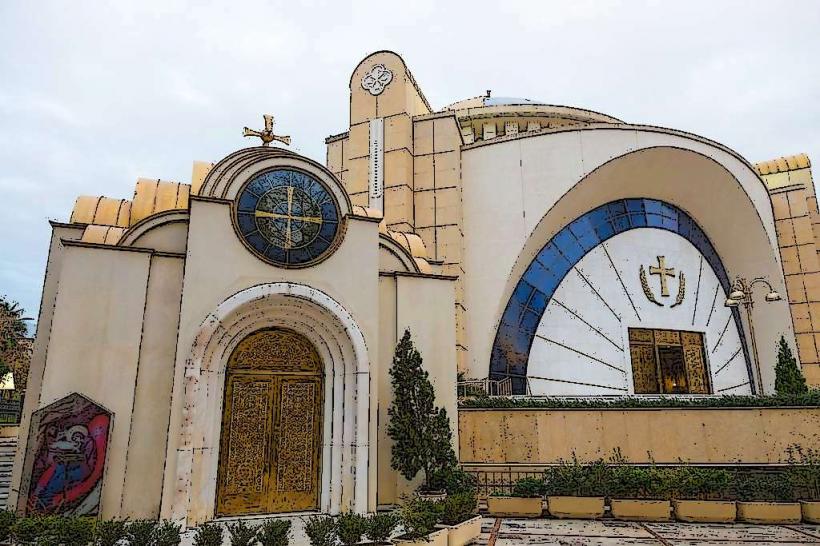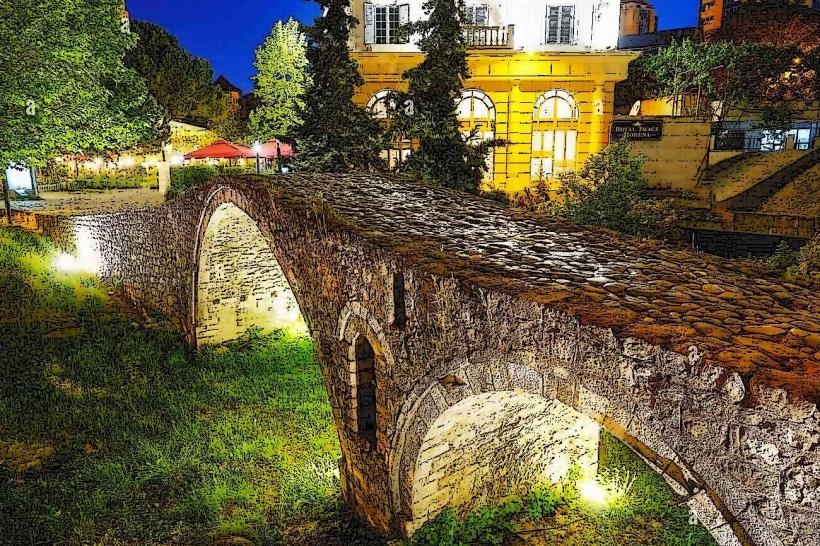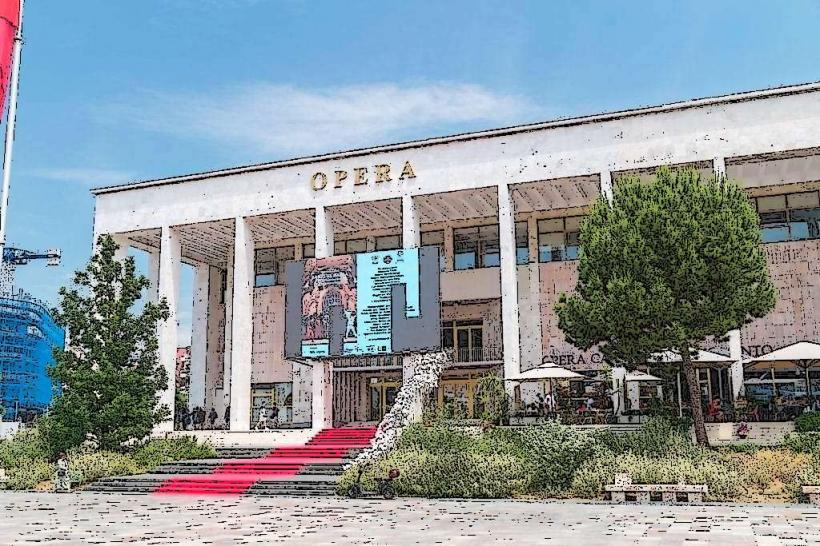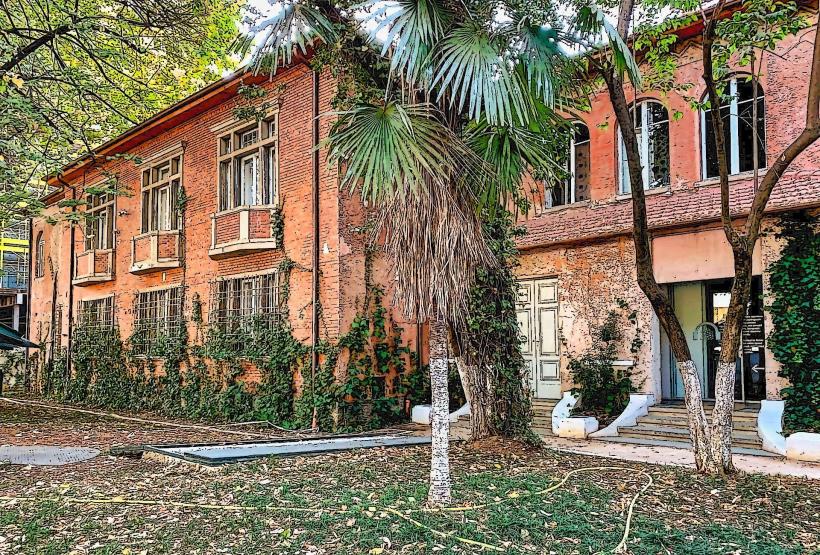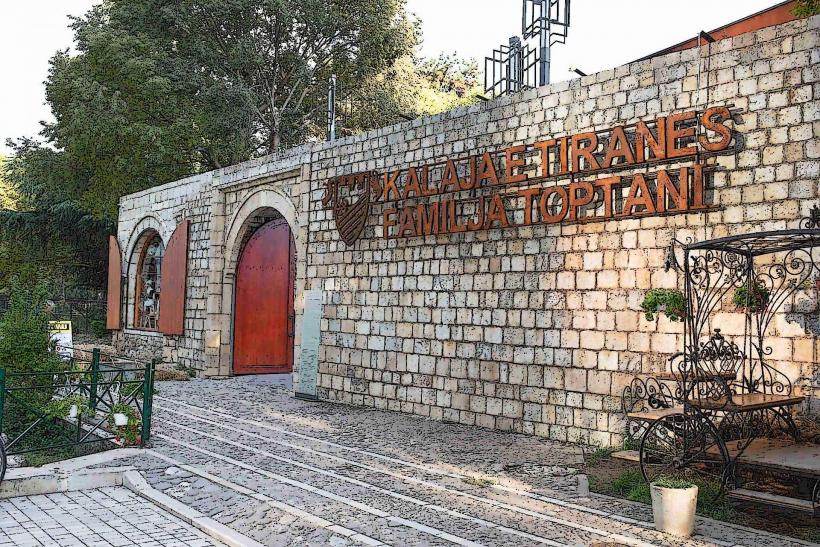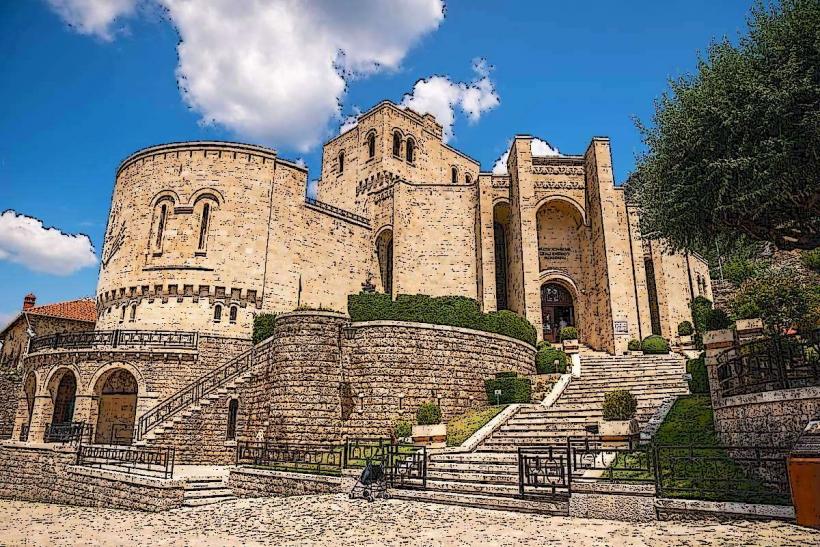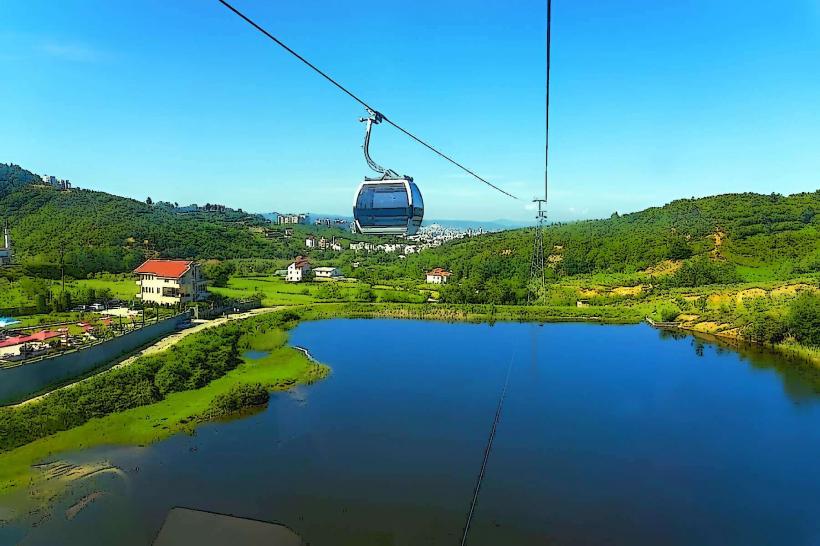Information
Landmark: Mother Teresa SquareCity: Tirana
Country: Albania
Continent: Europe
Mother Teresa Square (Sheshi Nënë Tereza) is one of the most prominent public squares in Tirana, Albania. It is named after Mother Teresa, the renowned Albanian-Indian Catholic nun and missionary who was awarded the Nobel Peace Prize in 1979 for her humanitarian work, particularly in the field of poverty alleviation and compassionate care for the sick and dying. The square is not just an important landmark in the city but also serves as a symbol of love, care, and humanity.
1. Historical Background and Name
Mother Teresa was born in Skopje (now in North Macedonia) to Albanian parents and spent much of her life in Calcutta (Kolkata), India. Despite her international fame, she is revered in Albania as a national hero, and the naming of this square after her reflects the pride Albanians have in her accomplishments.
The square itself was originally part of the urban development plan for Tirana in the mid-20th century. It has undergone several transformations and renovations over the years, and its current design is a reflection of Tirana’s modern urban landscape.
2. Location and Layout
Mother Teresa Square is centrally located in downtown Tirana, close to several important government buildings, cultural institutions, and other public spaces. It is situated near Sheshi Skënderbej (Skanderbeg Square), which is the heart of Tirana, making it a key part of the city's urban grid.
The square is often used for public gatherings, events, and celebrations. It is a popular spot for both locals and tourists to gather, relax, and enjoy the city's vibrant atmosphere.
- Surrounding Areas: The square is bordered by some of the city's most significant buildings, including the National Theatre, the Ministry of Foreign Affairs, and Tirana’s main shopping streets.
- Transportation Hub: The square is also a key point in the city's transportation network. Several important roads and bus routes converge here, making it easily accessible for both pedestrians and motorists.
3. Design and Features
Mother Teresa Square has been designed with a modern, open space in mind, featuring wide, pedestrian-friendly walkways, green areas, and attractive landscaping. The layout reflects the city’s efforts to integrate urban green spaces with civic infrastructure.
Key Elements of the Square:
Statue of Mother Teresa: At the center of the square stands a prominent bronze statue of Mother Teresa, which serves as a focal point and symbolizes her legacy of selfless service and compassion. The statue depicts her in a simple pose, representing humility and kindness.
Architectural Surroundings: The buildings around the square feature modern architecture that contrasts with the Ottoman-style buildings of other parts of the city. The area combines elements of Tirana's historical past with its contemporary urban development.
Fountains and Green Spaces: The square features several fountains and lush greenery, providing a calm and relaxing environment for visitors. The landscaped areas offer a pleasant setting for both locals and tourists to sit and enjoy the view.
Public Spaces and Cafes: Surrounding the square are cafes, restaurants, and shops that contribute to the lively atmosphere of the area. The square serves as an outdoor gathering space for people to socialize, enjoy a coffee, and engage in casual activities.
4. Cultural Significance
Mother Teresa Square plays a significant role in Tirana's cultural life. It serves as a venue for various cultural events, including:
- Concerts and performances,
- Public speeches and ceremonies,
- National holidays and commemorations.
The square also serves as a symbolic meeting point for events related to humanitarian causes, especially those that align with Mother Teresa’s legacy of caring for the most vulnerable people in society.
In addition to being a place for social and civic gatherings, the square is also a space for reflection, where many visitors come to reflect on the values Mother Teresa promoted: selflessness, compassion, and love for humanity.
5. Legacy and Memorialization
Mother Teresa's legacy is woven deeply into Albania’s national identity, and the square named after her reflects this connection. In 1999, the year of Mother Teresa's death, Tirana officially renamed the square to honor her memory. Over the years, various events have been organized to celebrate her life and work, making it a focal point of national pride.
In addition to the statue, there is a Mother Teresa Museum in Tirana, which also commemorates her life and achievements. Visitors to the square can also explore this museum to learn more about her extraordinary contributions to humanitarian work across the globe.
6. Visitor Experience
Accessibility: Mother Teresa Square is easily accessible by foot, and its central location makes it a convenient place to start exploring the city. Its proximity to other landmarks like Skanderbeg Square and the National Art Gallery ensures that visitors can easily combine a visit to the square with other attractions in Tirana.
Activities and Events: Depending on the time of year, visitors can find events such as art exhibitions, cultural performances, or festivals taking place in or around the square.
Relaxation: The square’s open space and tranquil atmosphere provide an ideal location for relaxation, whether you are stopping for a coffee at one of the cafes or simply sitting by the fountains to enjoy the environment.
7. Conclusion
Mother Teresa Square stands as a tribute to one of the most admired figures in Albanian history, while also serving as a central gathering space in Tirana. The square is a reminder of the city’s rich cultural heritage, its connections to the global community, and the ideals of humanitarianism and compassion that Mother Teresa embodied. Whether you’re visiting for a cultural event, a quiet moment of reflection, or simply to enjoy the city’s vibrant atmosphere, the square is a significant part of Tirana’s urban fabric.

